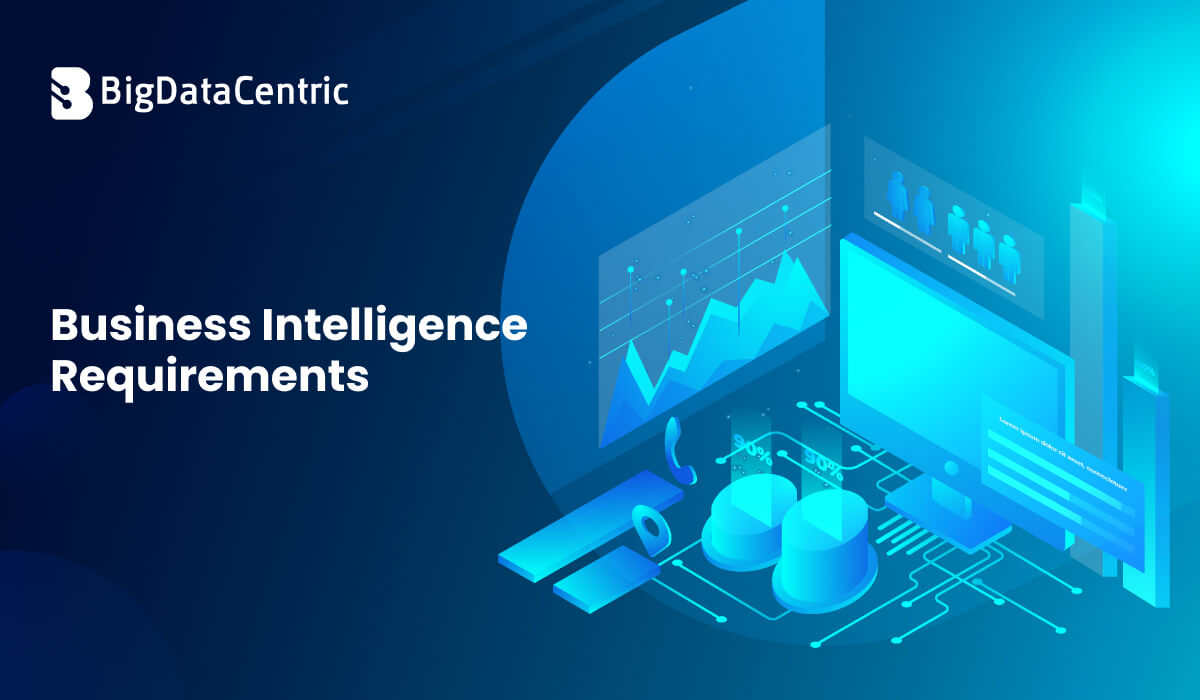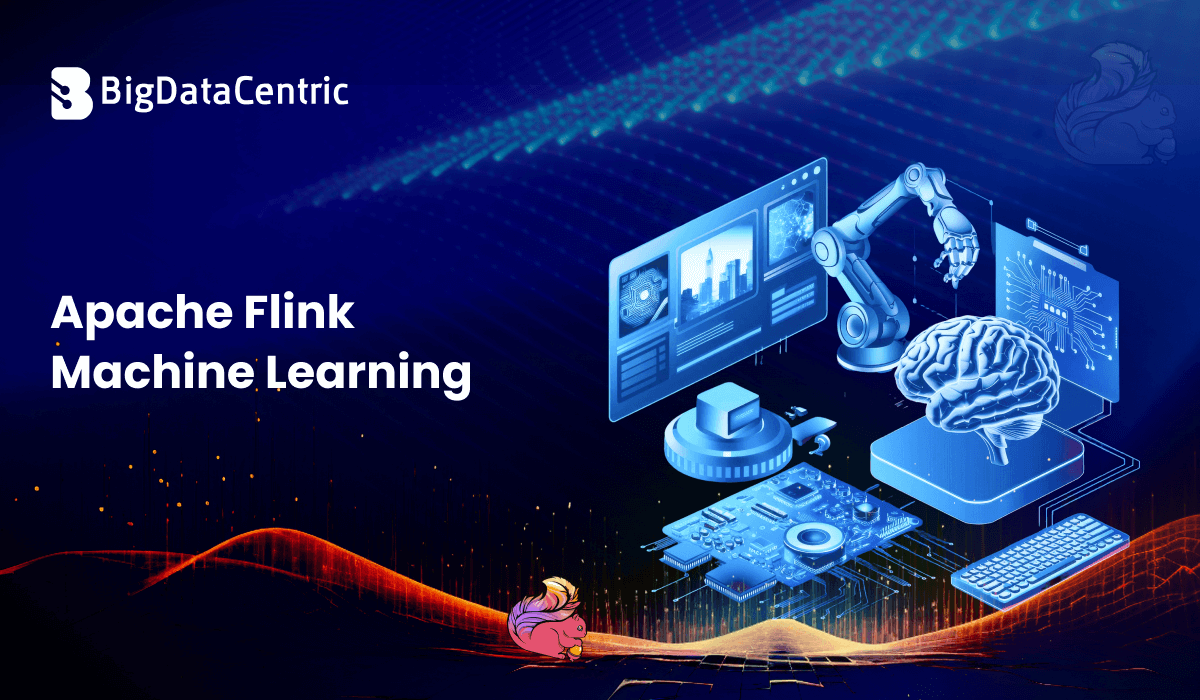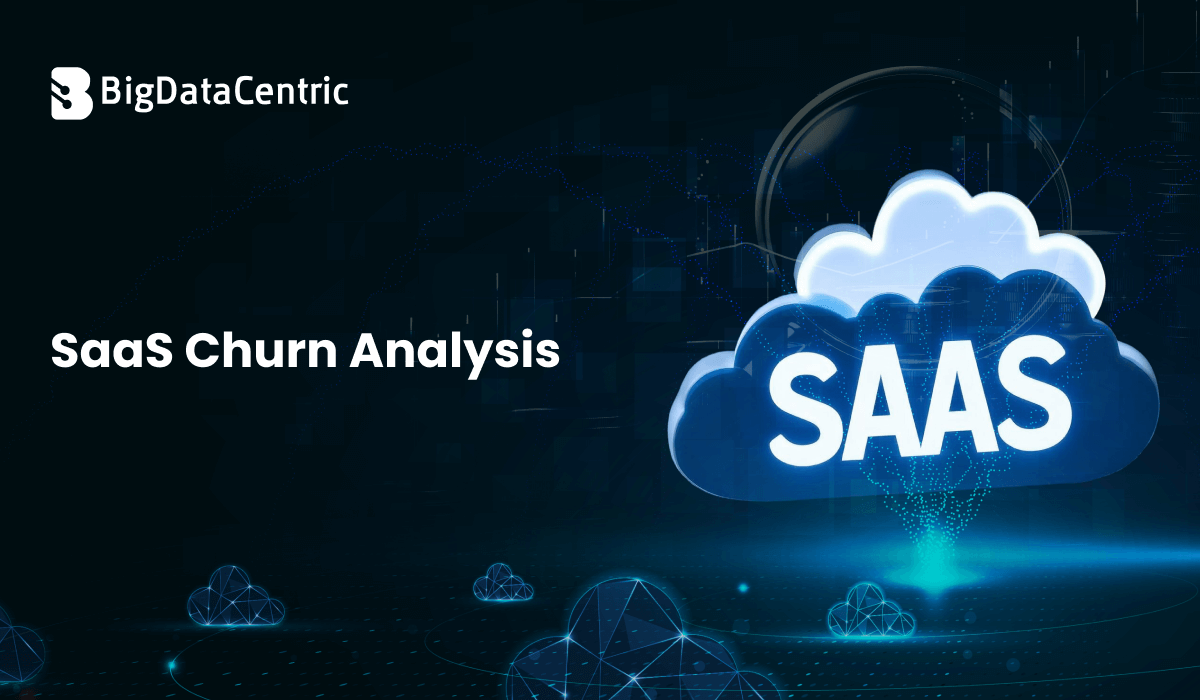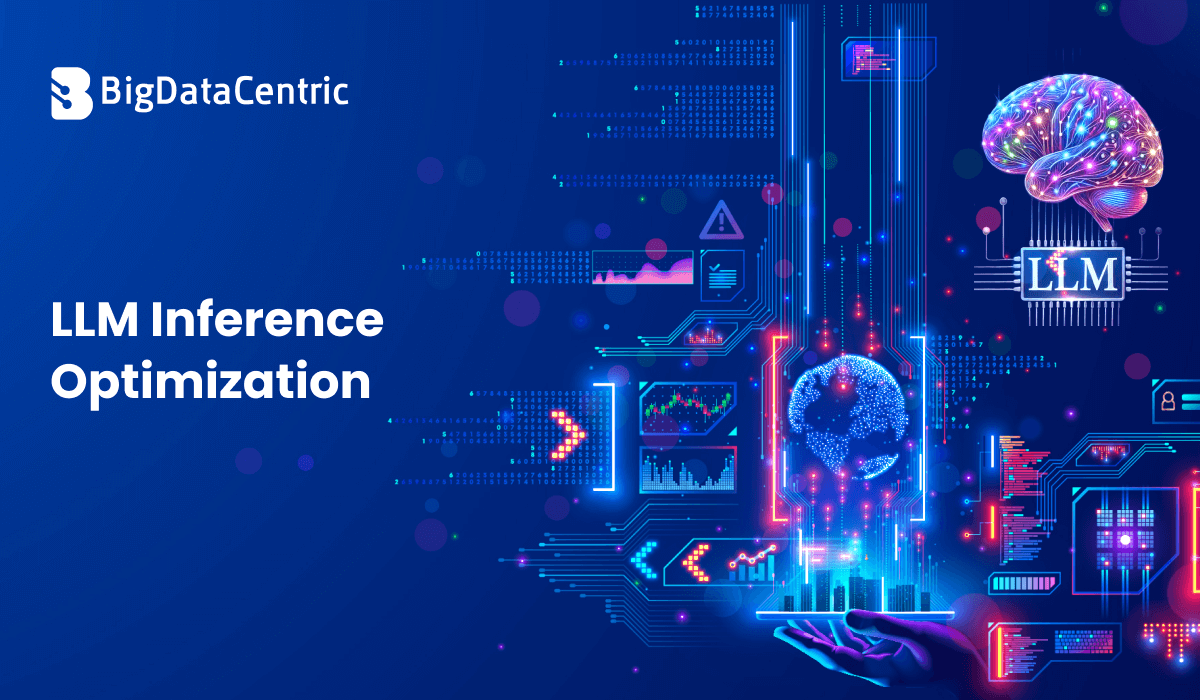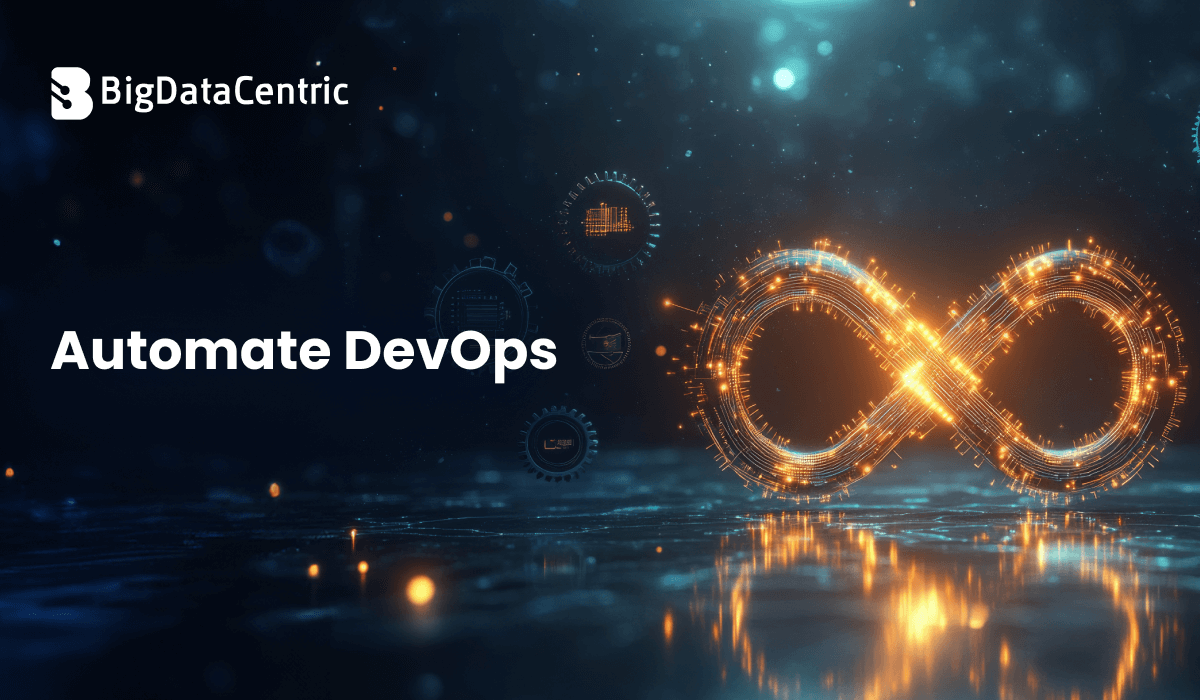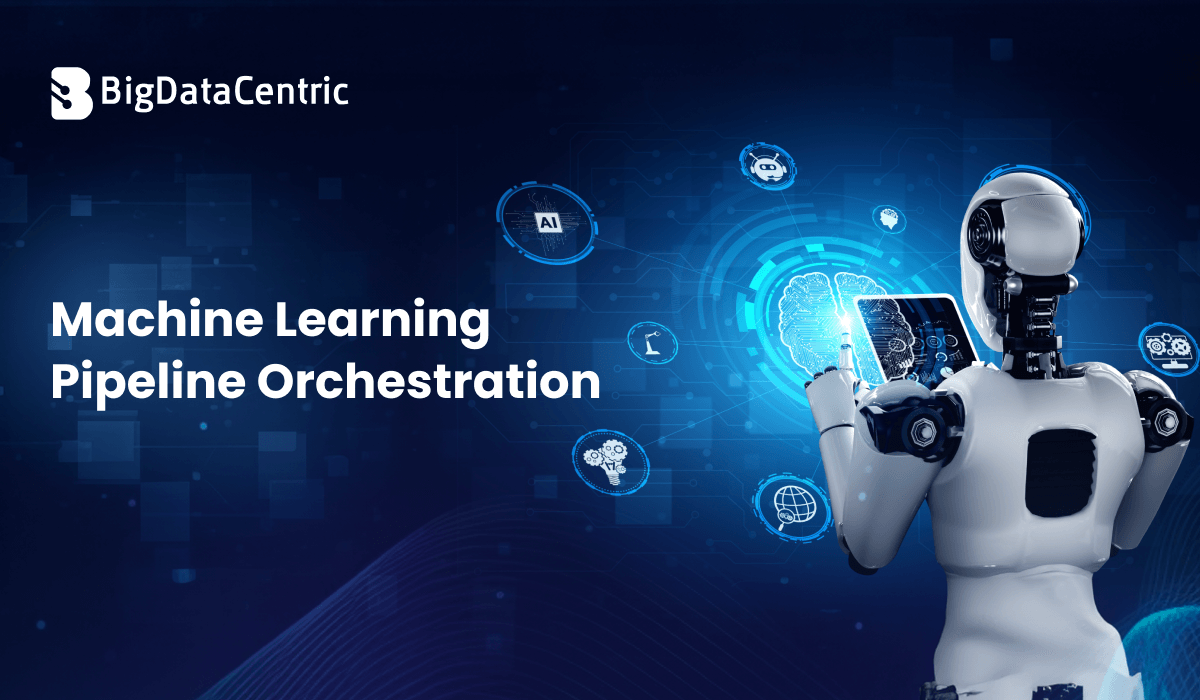Get in Touch With Us
Submitting the form below will ensure a prompt response from us.
In today’s data-driven world, businesses are increasingly relying on Business Intelligence (BI) to make informed decisions, forecast trends, and stay ahead of the competition. However, before deploying any BI solution, understanding the Business Intelligence requirements is crucial for successful implementation.
From identifying data sources to selecting the right tools, this article examines the technical, functional, and organizational requirements necessary to establish a robust BI ecosystem.
What Are Business Intelligence Requirements?
Business Intelligence requirements are the set of functional and technical needs that define how a BI system should operate, what data it should process, how users will interact with it, and how it integrates with existing systems. These requirements guide your BI strategy, architecture, and tool selection.
Types of BI Requirements
Business Requirements
These define the goals and KPIs of stakeholders.
- What decisions are we trying to support?
- What metrics matter to us (e.g., customer churn, sales growth)?
- Who will be using the dashboards — executives, analysts, or operational teams?
Example:
text
Requirement: A dashboard to track monthly sales per region with YoY growth rate.
Data Requirements
Identifying the data sources, types, and quality is foundational.
- Internal: CRM, ERP, HRMS, financial databases
- External: Market feeds, APIs, social media, spreadsheets
Sample SQL Query to pull sales data:
sql
SELECT region, SUM(sales) AS total_sales, EXTRACT(MONTH FROM sale_date) AS month
FROM sales_data
WHERE sale_date >= '2024-01-01'
GROUP BY region, month;Also consider:
- Data volume (TBs, GBs?)
- Refresh frequency (real-time, hourly, daily?)
- Data cleanliness and missing values
ETL and Data Integration Requirements
To convert raw data into useful insights, a robust ETL (Extract, Transform, Load) process is essential.
Example: Using Python & Pandas for basic ETL
python
import pandas as pd
# Extract
df = pd.read_csv("sales.csv")
# Transform
df['date'] = pd.to_datetime(df['date'])
df['region'] = df['region'].str.upper()
# Load
df.to_sql("cleaned_sales", con=engine, if_exists='replace')Key points:
- Source-to-target mappings
- Data validation rules
- Scheduled workflows
Visualization and Reporting Requirements
Define how insights should be presented.
- Dashboards with filters & drill-down
- Export formats (PDF, Excel)
- Mobile-friendly or not?
- Role-based views (admin, user, analyst)
Tools to consider:
- Power BI
- Tableau
- Looker
- Google Data Studio
Security and Access Requirements
Protecting sensitive data is non-negotiable.
- Role-based access control (RBAC)
- Single Sign-On (SSO) integration
- Data masking for PII
- Audit logging
Example in SQL for role-based access:
sql
GRANT SELECT ON sales_data TO analyst_role;
REVOKE INSERT, UPDATE ON sales_data FROM analyst_role;
Performance Requirements
BI systems must perform well under load.
- Dashboards should load under 5 seconds
- Queries should return in under 2 seconds for filtered results
- Use of indexes, OLAP cubes, or data warehouses
Example: Index to improve performance
sql
CREATE INDEX idx_region_month ON sales_data(region, EXTRACT(MONTH FROM sale_date));
Non-Functional Requirements
- Scalability: Should handle data growth from GBs to TBs
- Availability: Uptime SLA (e.g., 99.9%)
- Maintenance: Easy upgrade and support procedures
- Compliance: GDPR, HIPAA, industry standards
Tools That Help Capture BI Requirements
- Jira / Confluence – for documentation and workflow
- Microsoft Visio / Lucidchart – for data flow diagrams
- Stakeholder Interviews – to align on goals
- Mock Dashboards – early visualization prototypes
Need Help Defining BI Requirements?
Our data experts help organizations translate business goals into actionable BI strategies and architectures.
Talk to a BI Expert
Conclusion
Defining clear Business Intelligence requirements is the first and most critical step in any successful BI project. It aligns your technology with business goals, ensures data quality, optimizes performance, and secures access. By documenting everything from data sources to visualization expectations, businesses can build scalable, insightful, and actionable BI systems that truly empower decision-making.



